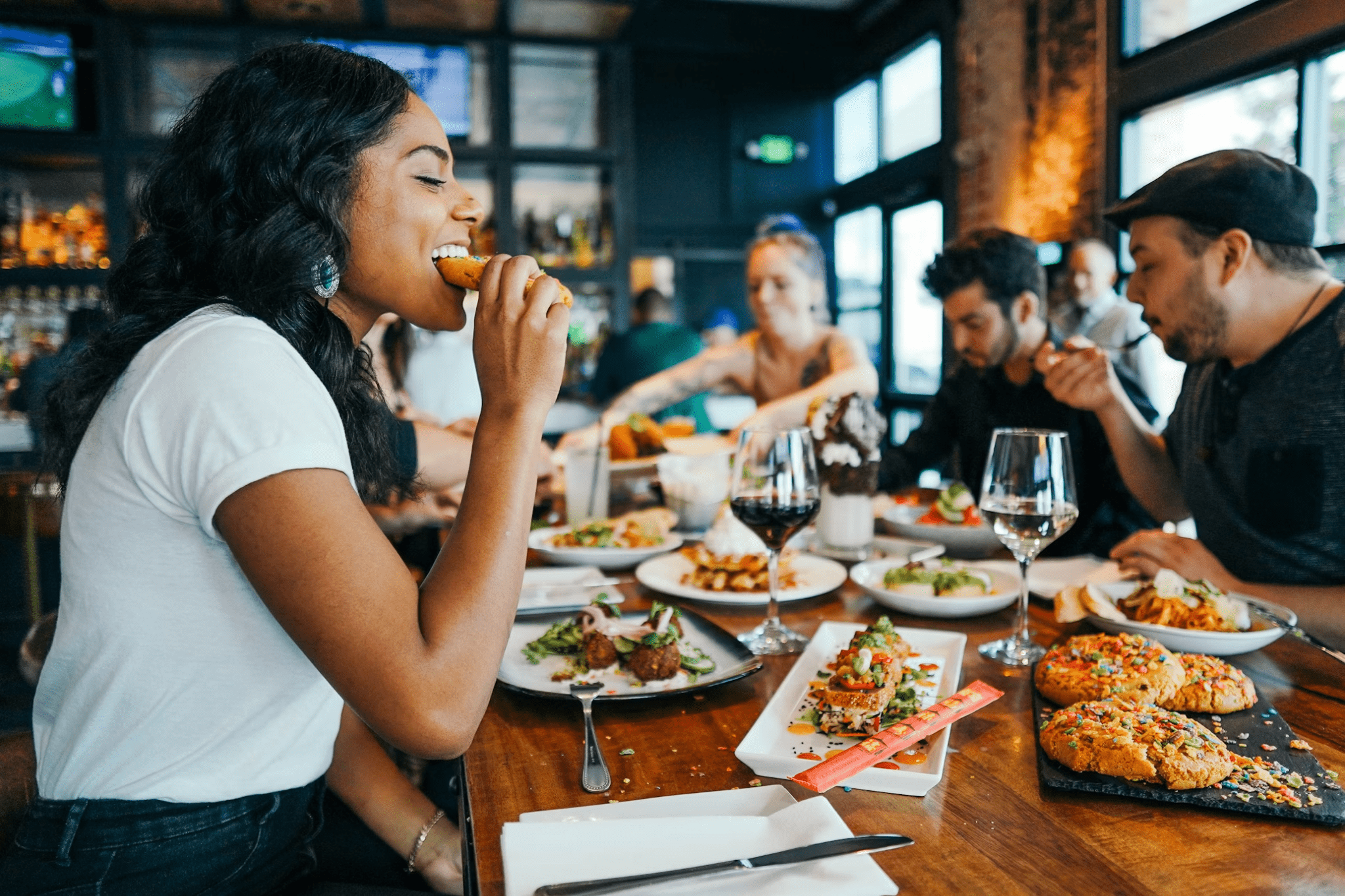
The sad reality is that not every restaurant or eatery you visit will prioritize your health and wellness. Safe food service is never guaranteed, even if it’s a requirement of operating a licensed restaurant business in the United States. You can’t always tell that a restaurant is safe to eat at, but the following signs can indicate that some eateries prioritize patron safety more than others:
Reputable Food Suppliers
The best eateries in the United States always prioritize reputable food suppliers. They know the companies they source their ingredients from have good food handling practices in place and use rental food inspection systems to look for any potential contaminants before shipping their products. Most restaurants generally use reputable suppliers, however some establishments might source less expensive products to save money. Don’t be afraid to question restaurant managers or owners if you have doubts about the source of their ingredients.
Health Inspection Scores
All legitimate food businesses in the United States have an inspection score provided by the health department. The lower this score is, the better the grade. Scoring systems may differ from state to state, but you can find restaurant scores for each state online. These should also be displayed in your local eatery.If you can’t find the inspection score in an eatery, don’t be afraid to ask to see it. If they don’t provide it, request it from your local health department.
Food Safety Training Certificates
Anyone can prepare food in a restaurant kitchen, but that doesn’t mean they know how to do it to prevent foodborne germs and illnesses. If you have concerns about food preparation in an eatery, look for certificates showing proper food safety training. At a minimum, kitchen managers should have completed food safety training.
If you can’t find certificates on walls or in plain sight, don’t hesitate to ask about staff training. After all, more than half of foodborne illnesses in the United States are linked to restaurants and delis. As a result, food safety certification is encouraged to ensure adequate food safety knowledge.
Safe Food-Handling Practices
Sometimes, your peace of mind when choosing a restaurant to eat at can depend on the safe food-handling practices you can identify in workers. If you identify any unsafe food-handling practices, you may also choose not to eat at a specific restaurant. Look out for sick employees and pay close attention to whether anyone is coughing or sneezing into their hands or food. Food handlers should also never:
- Wipe away sweat using their apron or hands
- Scratch their clothing, face, or body
- Put their fingers in their mouths
- Touch their faces
- Touch jewelry
- Pick their noses
- Touch ready-to-eat food
General Cleanliness
You generally feel much more confident dining in a clean restaurant versus an unclean one. You can usually tell that a restaurant is clean when:
- The exterior is well-maintained
- It has a good health department rating
- The menus are clean
- The floors and walls are clean
- The bathrooms are clean
- Frequently used surfaces are clean and non-sticky
- The server appears well-groomed and tidy
We must rely on our local restaurant owners to keep us safe. Most of them do a fine job. However, you can also put your own checks and measures in place for peace of mind that you’re dining in a well-respected and highly-regarded eatery.


